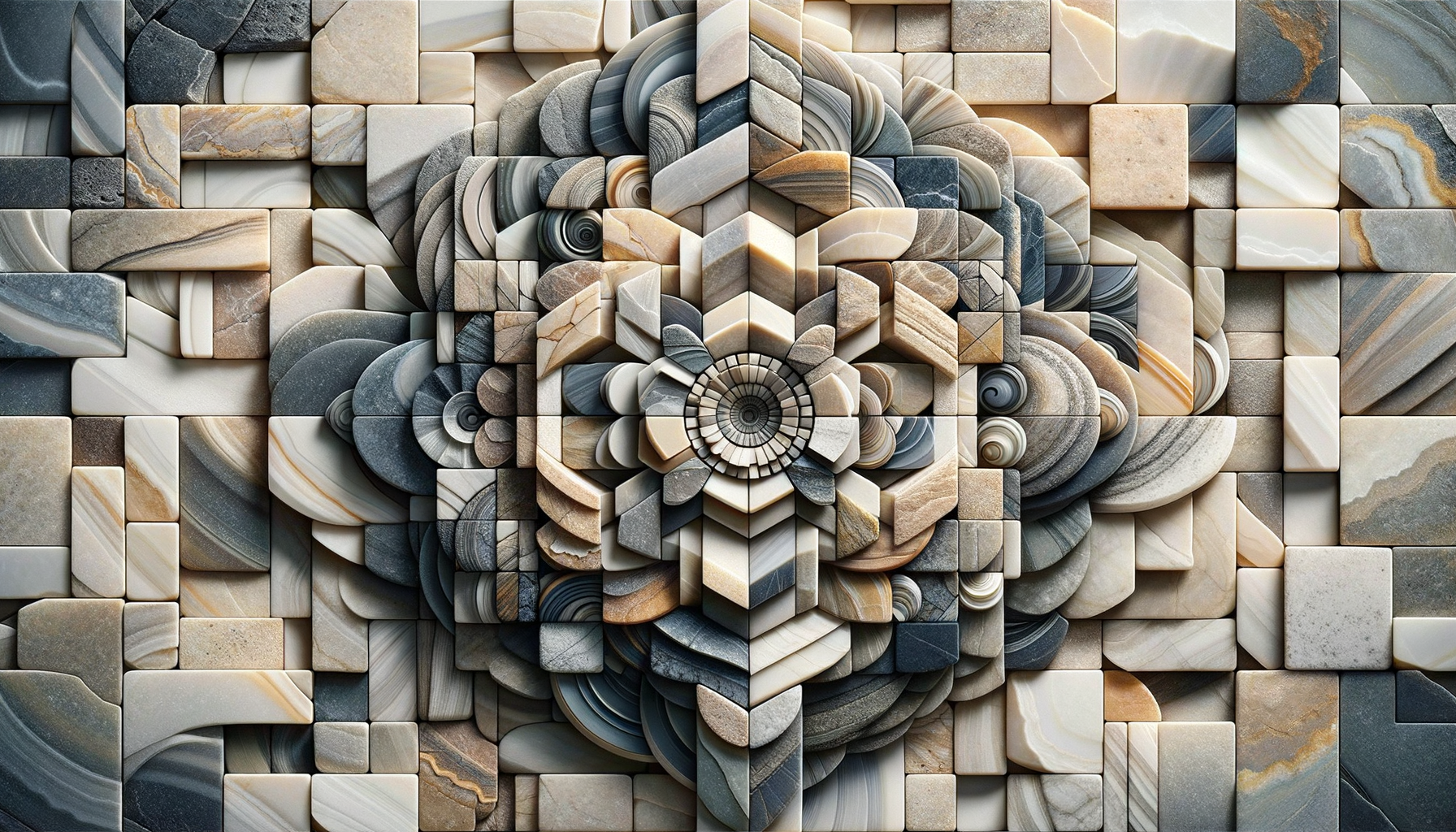Discovering the Multidimensional Aspects of Stone Panels
Stone panels, with their combination of sophistication and sturdiness, have become a favored element in contemporary architectural designs.

The Aesthetic Appeal of Stone Panels
Stone panels have long been celebrated for their aesthetic appeal, adding a touch of elegance and timeless beauty to any space. The natural textures and colors of stone panels can transform a mundane wall into a stunning focal point. Each stone panel carries its unique pattern and hue, ensuring that no two installations are exactly alike. This uniqueness is what makes stone panels a popular choice among architects and designers who wish to create bespoke spaces.
Moreover, stone panels come in various types, including marble, granite, limestone, and slate, each offering distinct visual characteristics. Marble, for instance, is renowned for its rich veining and polished finish, making it suitable for luxurious settings. Granite, on the other hand, is known for its durability and speckled appearance, often chosen for both indoor and outdoor applications.
The versatility of stone panels extends to their ability to complement a wide range of design styles. Whether the aim is a rustic charm or a sleek modern look, stone panels can be integrated seamlessly. This adaptability, combined with their natural beauty, makes stone panels a preferred choice for those looking to enhance their space aesthetically.
Durability and Longevity
One of the most compelling qualities of stone panels is their durability. Stone, as a building material, has stood the test of time, with many ancient structures still standing today as a testament to its strength. This inherent durability makes stone panels an excellent investment for any building project, as they are resistant to wear and tear, weather conditions, and even fire.
The longevity of stone panels means they require minimal maintenance, which is a significant advantage for homeowners and businesses alike. Unlike other materials that may fade, warp, or deteriorate over time, stone panels maintain their appearance and structural integrity for decades. This longevity is not only cost-effective but also environmentally friendly, as it reduces the need for frequent replacements.
In addition to their physical durability, stone panels also offer thermal mass benefits. They can absorb heat during the day and release it at night, helping to regulate indoor temperatures and potentially reducing energy costs. This feature makes stone panels not only a durable choice but also a practical one for energy-efficient building design.
Environmental Considerations
As sustainability becomes a more significant concern in architectural design, stone panels offer environmental benefits that cannot be overlooked. Stone is a natural material, and when sourced responsibly, it can have a lower environmental impact compared to synthetic materials. The extraction and processing of stone panels, when done with eco-friendly practices, can contribute to sustainable building projects.
Furthermore, stone panels are recyclable, meaning they can be repurposed or reused in other projects, reducing waste. This recyclability aligns with the growing trend of circular economy practices in construction, where materials are kept in use for as long as possible.
Another environmental advantage of stone panels is their ability to improve indoor air quality. Unlike some synthetic materials that may emit volatile organic compounds (VOCs), stone panels are inert and do not release harmful chemicals into the air. This quality makes them an excellent choice for creating healthier indoor environments.
Installation and Versatility
The installation process of stone panels is another aspect where they shine. While the weight and size of stone panels can pose challenges, advancements in installation techniques have made it easier to incorporate them into various projects. Modern stone panels are often designed with interlocking systems, which simplify the installation process and ensure a secure fit.
Stone panels are versatile in their application, suitable for both interior and exterior use. They can be used to clad entire buildings, create feature walls, or even as decorative elements in gardens and landscapes. The versatility of stone panels is further enhanced by the variety of finishes available, from polished and honed to textured and split-faced, each offering different aesthetic and functional benefits.
In addition to their versatility in application, stone panels can be customized to fit specific design requirements. Whether it’s cutting them into unique shapes or combining different types of stone for a mosaic effect, the possibilities are virtually endless. This customization potential makes stone panels a flexible choice for architects and designers looking to push the boundaries of creativity.
Cost Considerations and Value
While stone panels can be more expensive than other materials initially, their long-term value is undeniable. The upfront cost is often offset by the durability, low maintenance, and energy efficiency they provide. When considering the lifespan of stone panels, they often prove to be more cost-effective than materials that require frequent replacement or repair.
Moreover, the aesthetic appeal and prestige associated with stone panels can increase the value of a property. Homes and buildings that feature stone paneling often command higher prices in the real estate market, as they are perceived as more luxurious and desirable. This potential for increased property value makes stone panels a wise investment for those looking to enhance their real estate assets.
In conclusion, while the initial cost of stone panels may be higher, the combination of aesthetic appeal, durability, environmental benefits, and potential for increased property value make them a compelling choice for many projects. By weighing these factors, one can appreciate the true value that stone panels bring to architectural design.